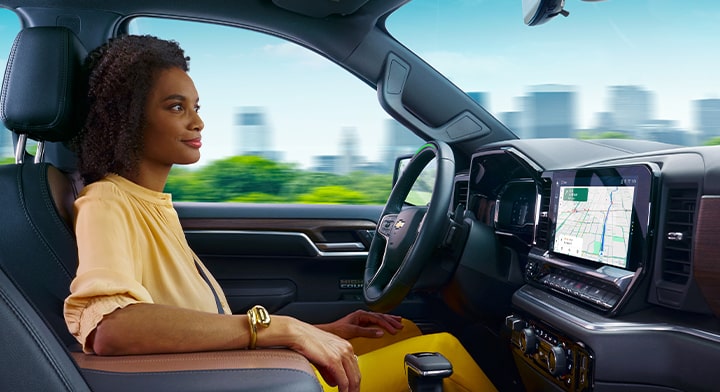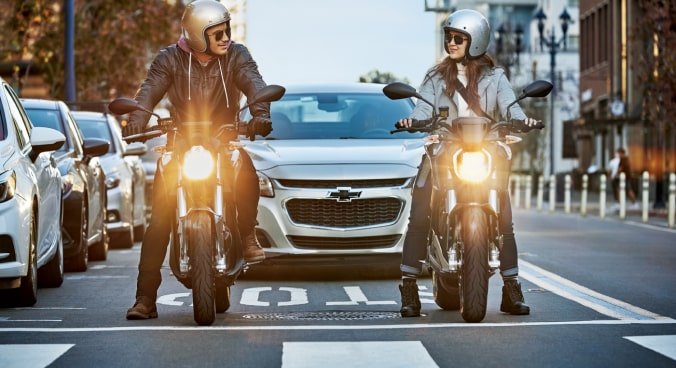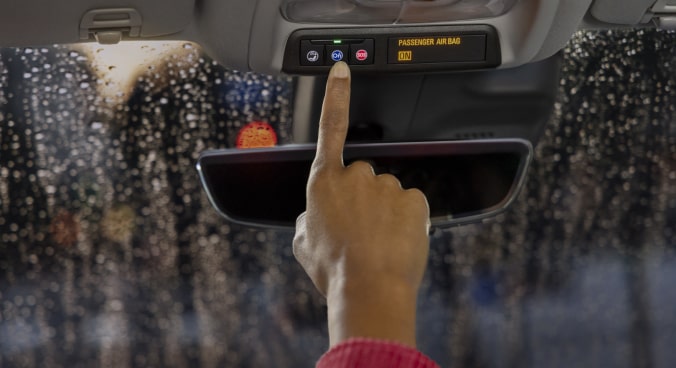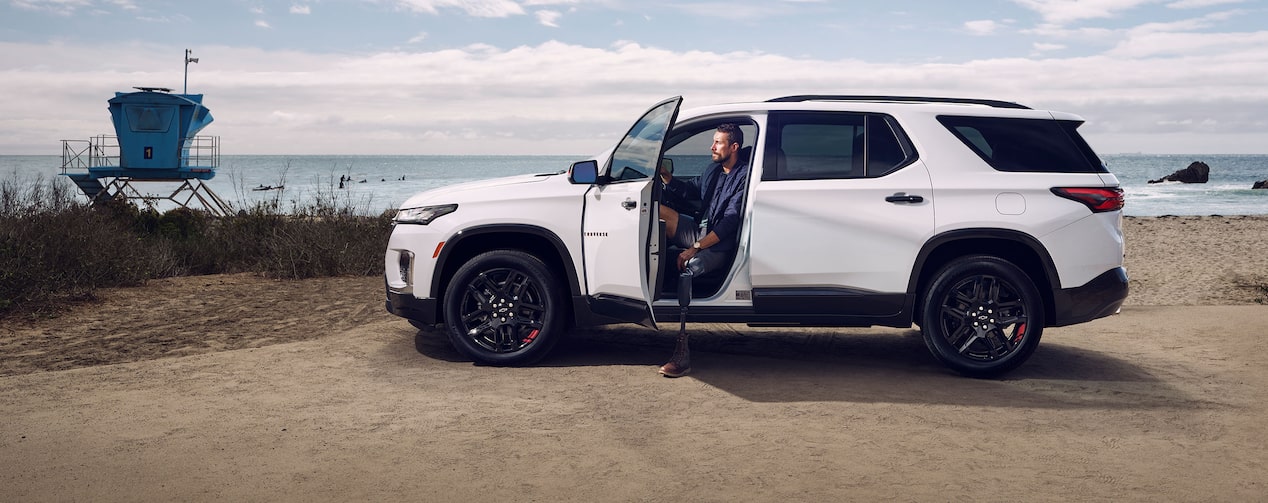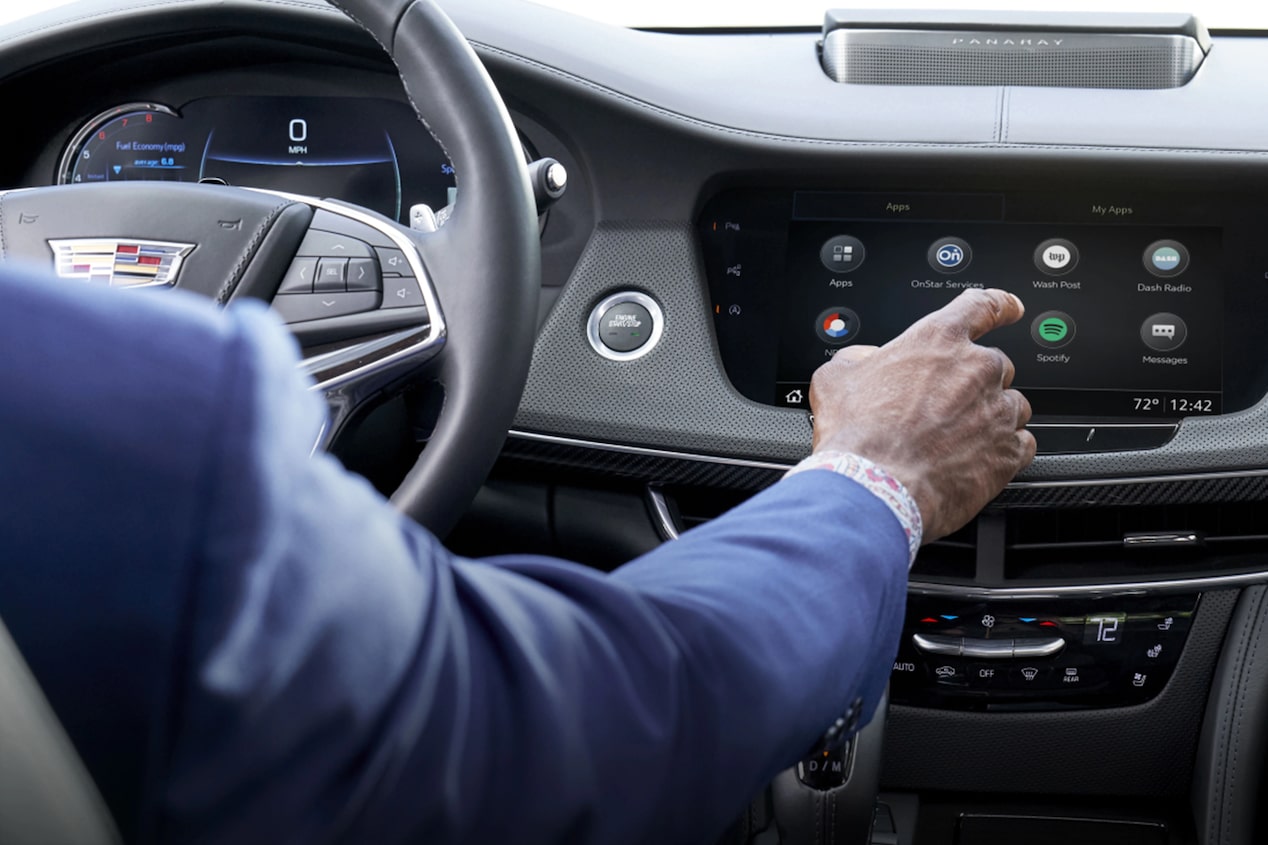New tech features make vehicles more accessible – for all drivers
It’s no secret that today’s vehicles are loaded with technology. Cameras make it easier to back into a parking space. Wi-Fi and in-vehicle data keeps you connected wherever you drive. And remote apps make it possible to never have to climb into a cold car.
While those technologies have benefits for all drivers, they’re essential for those with disabilities that make their driving more challenging. In fact, 26% of the U.S. population is living with some sort of disability, so designing and engineering accessibility features into new vehicles is key, says Carrie Morton, chief engineer for accessibility with General Motors.
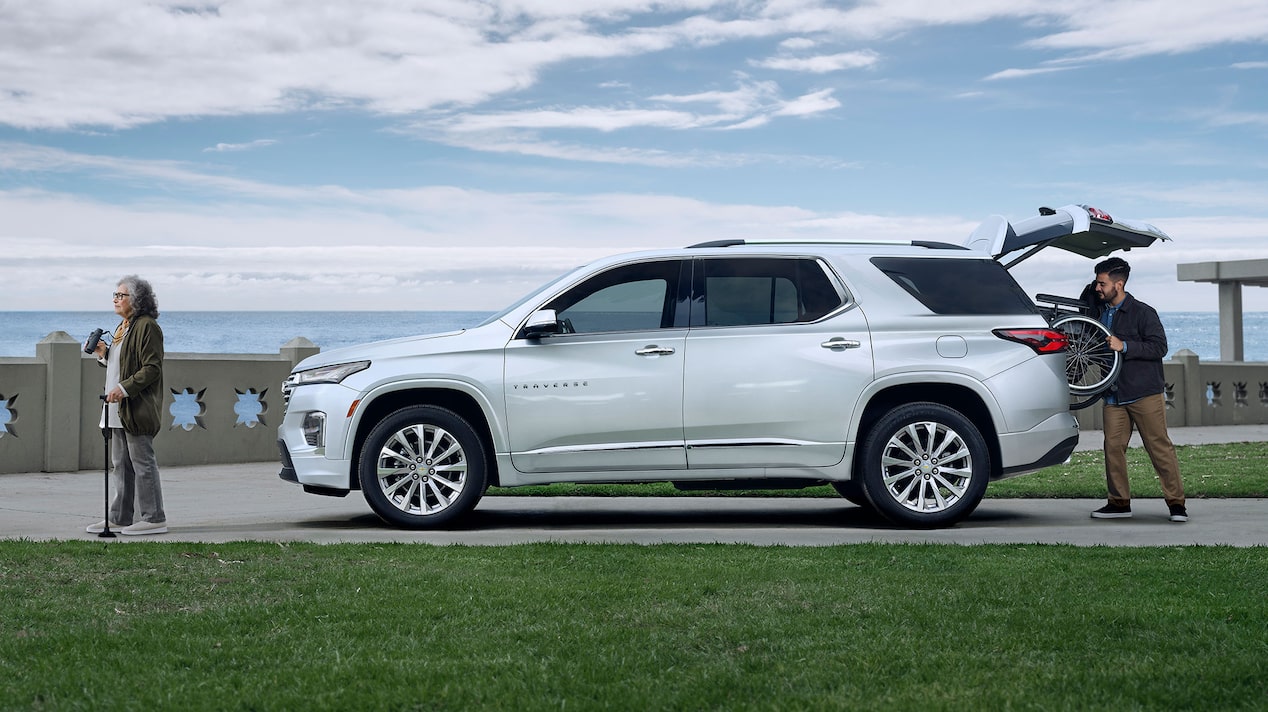
“As our engineers and innovators work on design solutions to these challenges, we make sure that we engage our customers with disabilities along the innovation journey from concept to final experience, ensuring that we design with and not for our customers with disabilities,” Morton says.
“Our goal for our team is to make sure accessibility is built into our DNA,” she adds.
Ryan Hudson-Peralta, who drives a vehicle – and flies a plane – despite being born with severely shortened arms and no hands, says the OnStar Guardian® app
While wheelchair users may need to have their vehicle modified by third-party outfitters – to accommodate a ramp, for example, or adjust steering controls – many of the features GM includes in its vehicles serve a broad set of accessibility needs, says Morton.
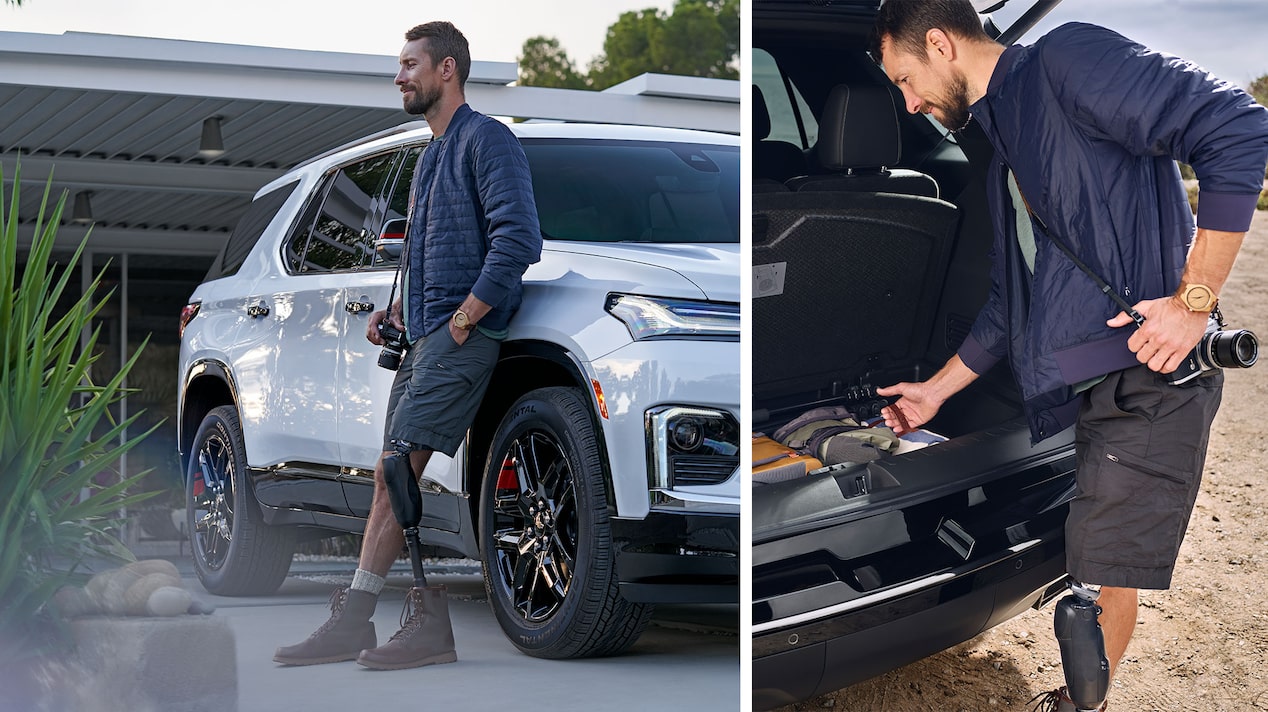
For example, available power liftgates and power seats can make it easier to get people and gear into and out of a vehicle. Keyless entry and remote start can also improve accessibility.
Other tech developments that help with accessibility include:
- Adaptive cruise control and Super Cruise™
* hands-free driver assistance make it easier to navigate stop-and-go traffic and open stretches of highway too.
- 360-degree camera views can make parking a breeze while thermal night vision allows you to see pedestrians or animals in the dark.
- Vehicle voice assistants can help adjust the temperature in the car, change the radio station or even add something to your to-do list, all with the press of a button or a voice command.
- And, of course, OnStar Advisors are there to assist with Turn-by-turn Navigation
* , Roadside Assistance* or Emergency Services* , when needed. There’s even an OnStar TTY connection for the hearing impaired.
Brad Franz, director for Chevrolet Cars and SUVs, says making vehicles fit the needs of all buyers has been a longstanding commitment.
“We’re doubling down on that commitment by ensuring our vehicles and accessible solutions meet the needs of all our customers, whether that means flexible cargo and seating, active noise cancellation, safety systems and audible alert chimes, as well as TTY support from OnStar,” he says. “We believe everyone deserves to drive with pride and peace of mind.”
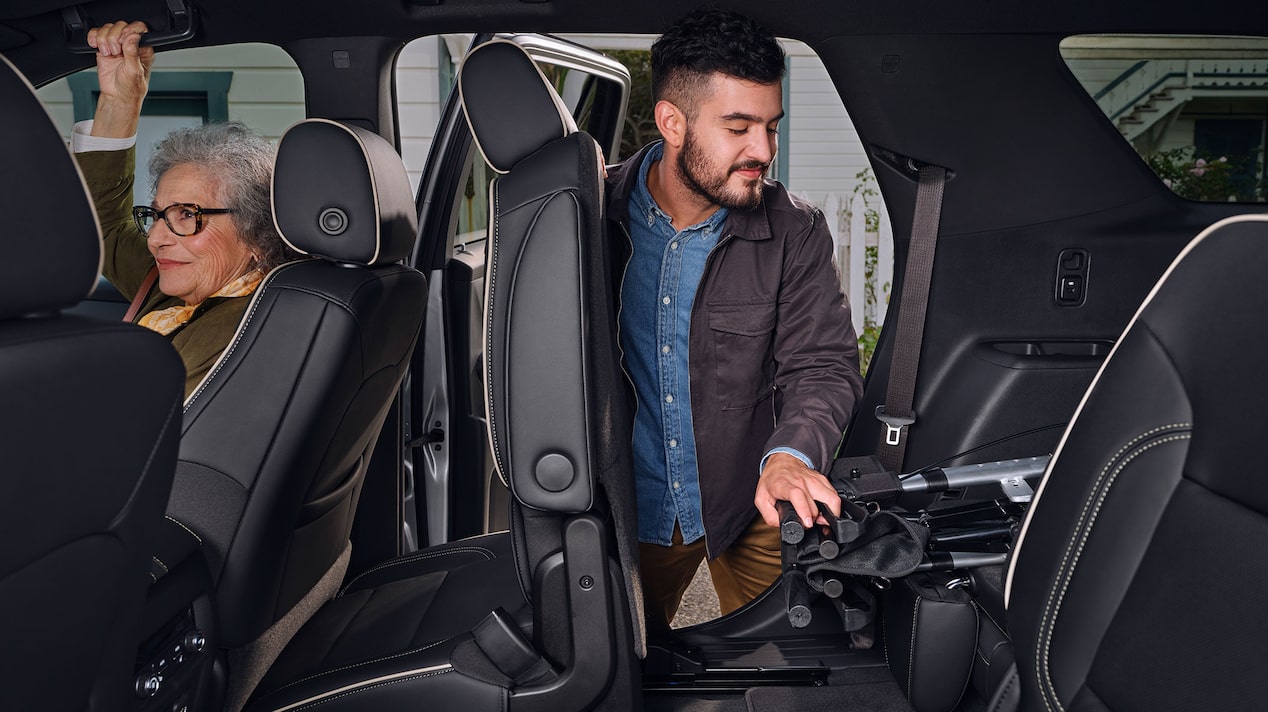
In the end, the advancements that are engineered for accessibility have the potential to pay off for all drivers. Morton points out that in 1945 a feature named the “speedostat” was developed by a blind engineer. Today, we know this feature as cruise control, a common convenience feature found in vehicles.
“When we design for customers with disabilities, we can extend the benefits of those features to all of our customers with the principle of inclusive design. In other words, ‘Design for one, extend to many’,” she says.

